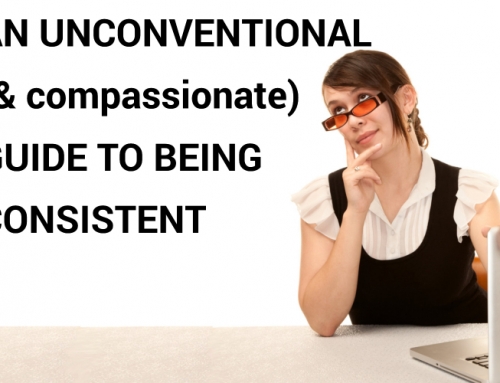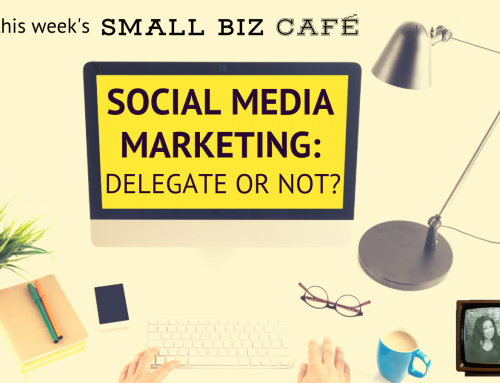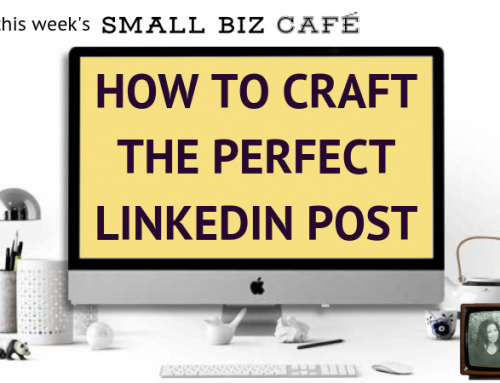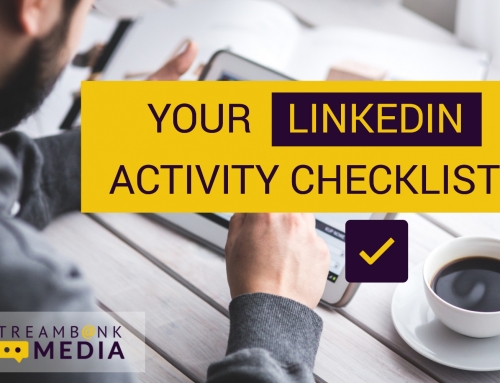Ever wonder why so many people post selfies and food porn across all their social media channels? The answer is simple — dopamine. Your brain’s pleasure center gets the same reward boost (and dopamine level change) just as if you’d eaten chocolate or fallen in love (yeah, it’s that powerful).
Brain Science From a Marketing Perspective
Four years ago, a study discovered that “80% of social media posts were announcements about people’s immediate experiences.” Now, think about that from a marketing perspective. Imagine all your potential customers jonesing to share their first experience about your product. It’s intoxicating, isn’t it?
That’s just the beginning. In 2012, a Harvard study hypothesized that “our species may have an intrinsic drive to disclose thoughts to others…” To the extent that humans are motivated to propagate the products of their minds, opportunities to disclose one’s thoughts should be experienced as a powerful form of subjective reward.
How Dopamine Impacts Social Media Marketing
We’re wired to share; over-share even. Brands, armed with the science behind customers’ compulsion to post, should appeal directly to the pleasure center. We’re not just yearning for your product, we’re itching for the chance to tell everyone just what we think about it.
Dopamine is in your brain, can you feel it? If it feels good, you can thank dopamine. This neurotransmitter is the center for reward-motivated behavior. It goes to your pre-frontal cortex which is where you make decisions. Hmmmmm. Make decisions like buying a product or choosing a hotel? Bingo.
So just let that skip along your neural pathways as you plan your next social media strategy. Will your plan make me feel good? Will it appeal to my pre-frontal cortex? Will it make my hedonistic brain chemical want to give your brand a plus one or a thumbs up?
Social media marketing isn’t rocket science people. It’s brain chemistry.
#socialmedia #dopamine #marketing #rewards #brainchemistry






